Is candida a yeast infection. Candidiasis: Understanding Yeast Infections, Symptoms, and Treatments
What are the common causes of candidiasis. How is candidiasis diagnosed and treated. What are the symptoms of thrush in infants. How can you prevent yeast infections. What factors increase the risk of developing candidiasis.
What is Candidiasis and How Does It Develop?
Candidiasis, often referred to as a yeast infection, is a fungal infection caused by an overgrowth of Candida yeast on the skin or mucous membranes. While Candida is typically a harmless inhabitant of the digestive system and vaginal area, certain conditions can lead to its excessive growth and subsequent infection.
Factors that contribute to the development of candidiasis include:
- Warm and humid conditions
- Damaged skin
- Weakened immune system
- Use of antibiotics
- Hormonal changes
Antibiotics can disrupt the balance of normal bacteria in the body, allowing yeast to grow uncontrolled. This is why yeast infections are a common side effect of antibiotic use.

Common Types of Candidiasis and Their Symptoms
Candidiasis can affect various parts of the body, each with its own set of symptoms. Here are some common types:
Oral Thrush
Oral thrush occurs when Candida overgrows in the mouth. Its symptoms include:
- White patches on the tongue and inside of the cheeks
- Pain or discomfort
- Difficulty swallowing in severe cases
Vaginal Yeast Infection
This is one of the most common forms of candidiasis in women. Symptoms include:
- White or yellow vaginal discharge
- Itching and burning sensation
- Redness and swelling of the vulva
Cutaneous Candidiasis
This type affects the skin, particularly in warm, moist areas. Symptoms may include:
- Red, itchy rash
- Patches that ooze clear fluid
- Pimple-like bumps
Diagnosing Candidiasis: What to Expect
Diagnosing candidiasis typically involves a combination of clinical examination and laboratory tests. The process may include:
- Medical history review
- Physical examination
- Skin or discharge sample analysis
- Culture tests in some cases
Your healthcare provider may scrape off a skin sample to confirm the diagnosis under a microscope or through a culture test. This helps distinguish candidiasis from other similar conditions and determine the most effective treatment approach.

Effective Treatment Options for Candidiasis
Candidiasis is highly treatable, with several effective options available depending on the type and severity of the infection:
Topical Antifungal Medications
For skin and vaginal yeast infections, topical antifungal creams, ointments, or suppositories are often prescribed. These may include:
- Miconazole
- Clotrimazole
- Tioconazole
Oral Antifungal Medications
In cases of severe or recurring infections, oral antifungal medications may be necessary. Common options include:
- Fluconazole
- Itraconazole
Thrush-specific Treatments
For oral thrush, treatments may include:
- Antifungal mouthwashes
- Lozenges that dissolve in the mouth
- Gentian violet (a purple medication painted inside the mouth)
The duration of treatment can vary from a few days to several weeks, depending on the severity and location of the infection.
Prevention Strategies: Reducing Your Risk of Candidiasis
While it’s not always possible to prevent candidiasis, certain measures can help reduce your risk:

- Maintain good hygiene, especially in warm, moist areas of the body
- Wear breathable, moisture-wicking clothing
- Avoid prolonged use of antibiotics unless necessary
- Manage underlying health conditions, such as diabetes
- Eat a balanced diet and limit sugar intake
- Use probiotics to maintain a healthy balance of bacteria
For those prone to recurrent yeast infections, your healthcare provider may recommend a maintenance plan to prevent future occurrences.
Candidiasis in Infants: Special Considerations
Infants are particularly susceptible to certain types of candidiasis, especially oral thrush. Factors that increase an infant’s risk of developing thrush include:
- Recent antibiotic use
- Use of corticosteroids
- Weakened immune system
Symptoms of thrush in infants may include:
- White patches on the tongue, gums, and inside of the cheeks
- Difficulty feeding
- Fussiness and irritability
If you suspect your infant has thrush, it’s important to consult a pediatrician for proper diagnosis and treatment. In breastfeeding mothers, the infection can pass between mother and child, so both may need treatment.
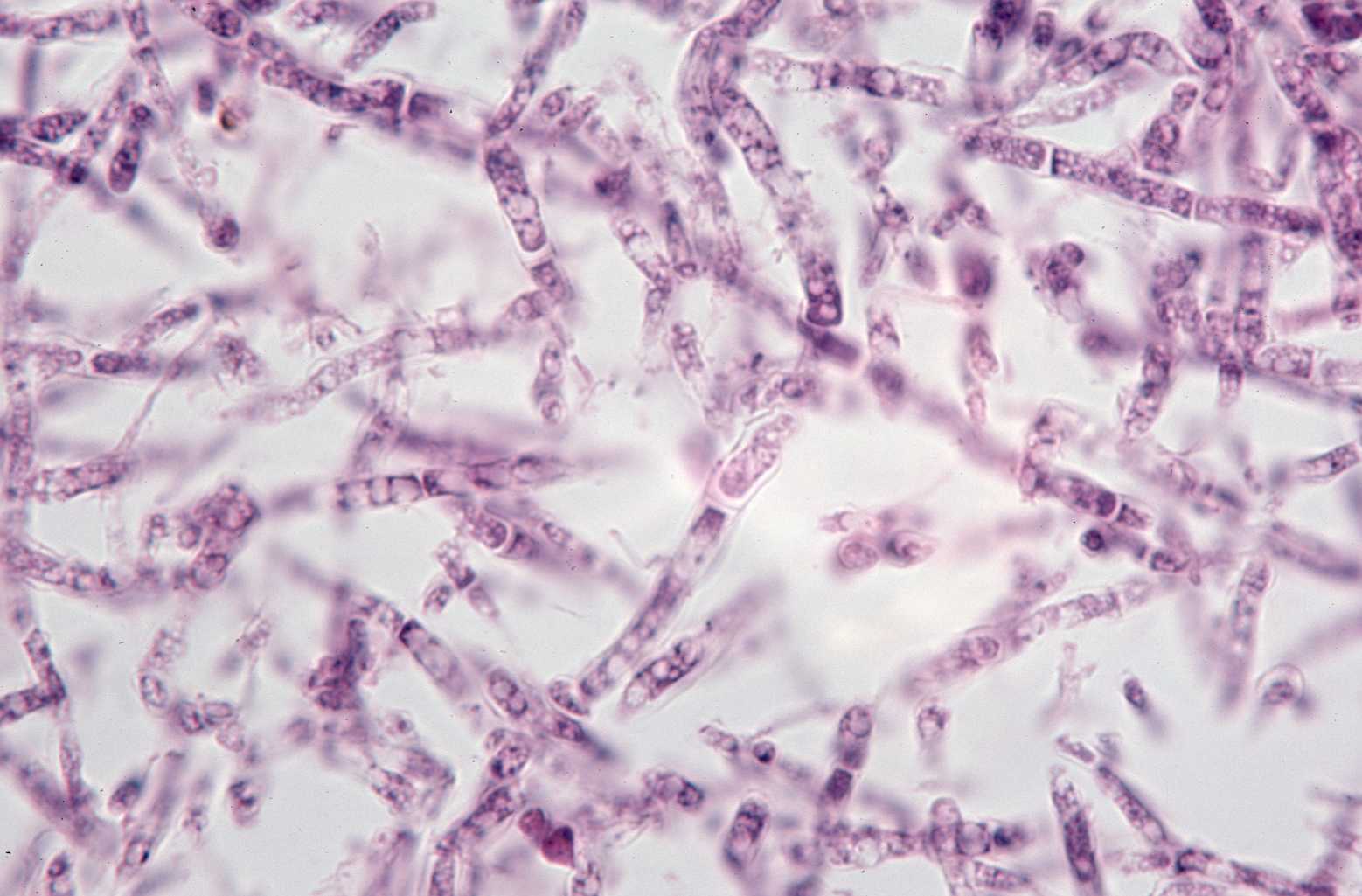
When to Seek Medical Attention for Candidiasis
While mild cases of candidiasis can often be treated with over-the-counter medications, there are situations where medical attention is necessary:
- Symptoms persist or worsen after self-treatment
- Recurring infections (more than 4 times a year)
- Severe symptoms that interfere with daily activities
- Candidiasis in individuals with weakened immune systems
- Suspected candidiasis in infants or young children
A healthcare provider can provide a proper diagnosis and recommend the most appropriate treatment plan based on your specific situation.
The Impact of Candidiasis on Quality of Life
While candidiasis is generally not life-threatening, it can significantly impact an individual’s quality of life. The physical discomfort, emotional stress, and potential embarrassment associated with symptoms can affect daily activities, relationships, and overall well-being.
For individuals with recurrent infections, the constant cycle of treatment and recurrence can be frustrating and may lead to anxiety or depression. It’s important to address not only the physical symptoms but also the emotional and psychological impact of chronic candidiasis.

Support groups and counseling can be beneficial for those struggling with the emotional aspects of recurrent yeast infections. Additionally, working closely with a healthcare provider to develop a comprehensive management plan can help improve both physical symptoms and overall quality of life.
Long-term Management of Recurrent Candidiasis
For individuals prone to recurrent candidiasis, long-term management strategies may include:
- Prophylactic antifungal medications
- Regular probiotic supplementation
- Dietary modifications
- Stress reduction techniques
- Identification and management of underlying risk factors
A personalized approach, developed in consultation with a healthcare provider, can help reduce the frequency and severity of recurrent infections.
Emerging Research and Future Directions in Candidiasis Treatment
The field of candidiasis research is continually evolving, with new insights into the biology of Candida and potential treatment approaches. Some areas of ongoing research include:

Novel Antifungal Agents
Researchers are exploring new antifungal compounds that may be more effective against resistant strains of Candida. These include:
- Natural compounds with antifungal properties
- Synthetic molecules targeting specific fungal pathways
- Combination therapies for enhanced efficacy
Immunotherapy Approaches
Enhancing the body’s own immune response to Candida is another promising area of research. This may involve:
- Vaccines to prevent candidiasis
- Immunomodulatory drugs to boost antifungal immunity
- Engineered probiotics to compete with Candida
Personalized Medicine in Candidiasis Management
Advances in genetic and molecular testing may lead to more personalized treatment approaches. This could involve:
- Identifying genetic factors that increase susceptibility to candidiasis
- Tailoring treatments based on the specific Candida strain causing the infection
- Developing targeted therapies for individuals with recurrent infections
As research progresses, we may see more effective and personalized approaches to preventing and treating candidiasis, potentially improving outcomes for those affected by this common fungal infection.

The Role of Diet and Lifestyle in Candidiasis Management
While diet and lifestyle factors alone may not cure candidiasis, they can play a significant role in managing symptoms and reducing the risk of recurrence. Here are some key considerations:
Dietary Modifications
Certain dietary changes may help create an environment less favorable for Candida overgrowth:
- Reducing sugar and refined carbohydrate intake
- Incorporating probiotic-rich foods like yogurt and kefir
- Consuming prebiotic foods to support beneficial gut bacteria
- Including antifungal foods such as garlic, coconut oil, and ginger
Lifestyle Factors
Several lifestyle modifications can support overall health and potentially reduce the risk of candidiasis:
- Managing stress through relaxation techniques or exercise
- Getting adequate sleep to support immune function
- Avoiding tight-fitting, synthetic clothing in favor of breathable fabrics
- Practicing good hygiene, especially after exercise or swimming
It’s important to note that while these dietary and lifestyle changes can be beneficial, they should be used in conjunction with, not as a replacement for, medical treatment when necessary. Always consult with a healthcare provider before making significant changes to your diet or lifestyle, especially if you have underlying health conditions.

The Gut-Candida Connection
Emerging research suggests a complex relationship between gut health and Candida overgrowth. A healthy gut microbiome may help prevent Candida from becoming problematic. Strategies to support gut health include:
- Consuming a diverse range of fiber-rich foods
- Limiting use of unnecessary antibiotics
- Considering probiotic supplementation under medical guidance
- Managing chronic stress, which can impact gut health
Understanding and addressing the gut-Candida connection may offer new avenues for prevention and management of candidiasis in the future.
Candidiasis in Special Populations: Unique Challenges and Considerations
While candidiasis can affect anyone, certain populations may face unique challenges in terms of risk, diagnosis, and treatment. Understanding these special considerations is crucial for effective management:
Pregnant Women
Pregnant women are more susceptible to vaginal candidiasis due to hormonal changes. Special considerations include:
- Safe treatment options that won’t harm the developing fetus
- Potential complications if left untreated, such as premature birth
- Importance of prompt diagnosis and treatment
Immunocompromised Individuals
People with weakened immune systems, such as those with HIV/AIDS or undergoing chemotherapy, are at higher risk for severe or systemic candidiasis. Considerations include:
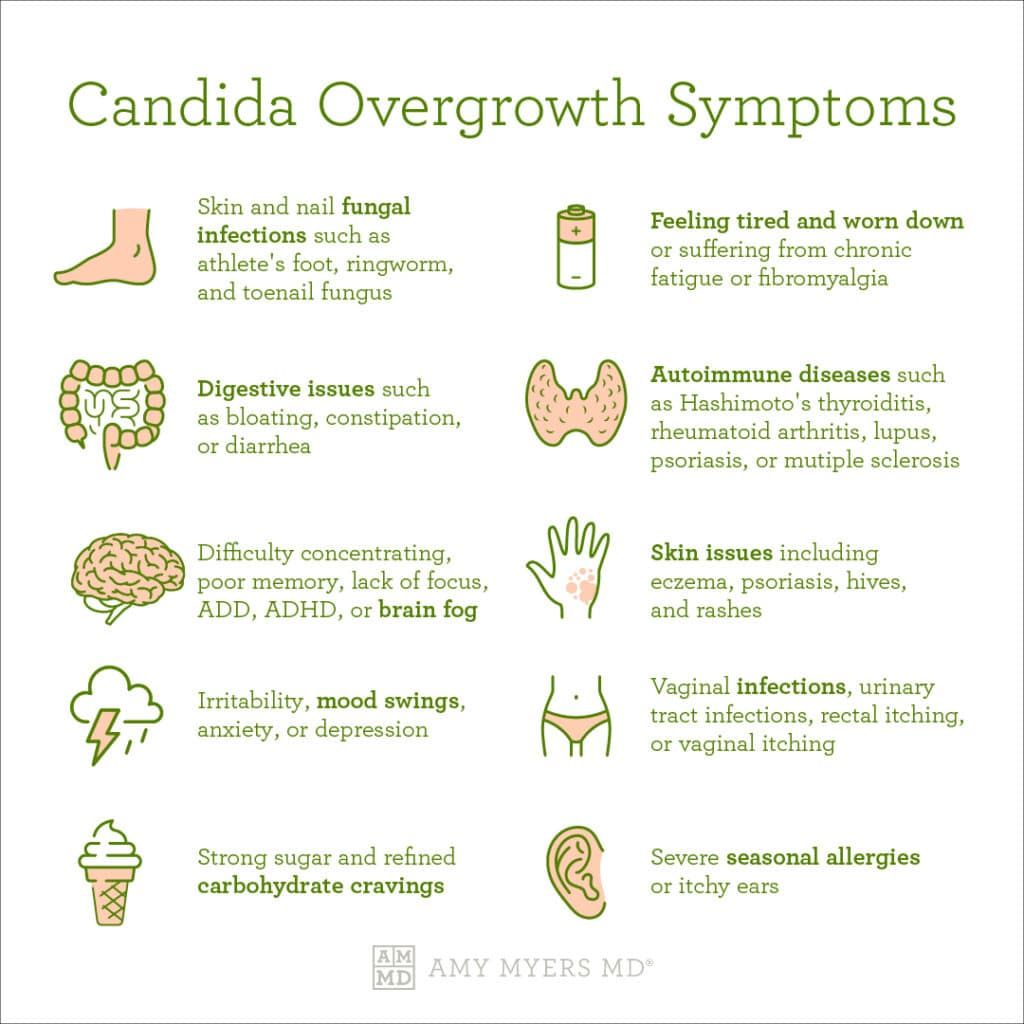
- More aggressive treatment approaches may be necessary
- Higher risk of drug-resistant Candida strains
- Need for close monitoring and potentially long-term antifungal therapy
Elderly Individuals
Older adults may be more susceptible to candidiasis due to age-related changes in immune function and increased use of medications. Special considerations include:
- Potential drug interactions with other medications
- Difficulty in self-care and maintaining hygiene
- Need for caregiver education on prevention and early detection
Diabetic Patients
People with diabetes are at increased risk for candidiasis due to elevated blood sugar levels. Important considerations include:
- Importance of blood sugar control in prevention and treatment
- Potential for more frequent or severe infections
- Need for careful foot care to prevent fungal infections
For these special populations, a tailored approach to prevention, diagnosis, and treatment is essential. Healthcare providers should consider these unique factors when developing management plans for candidiasis in these groups.
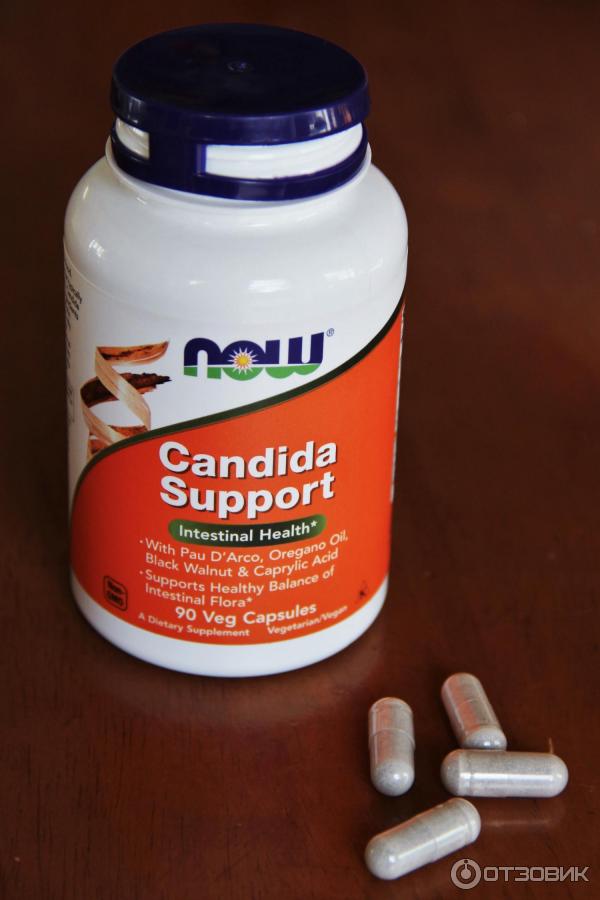
The Psychological Impact of Chronic Candidiasis
While the physical symptoms of candidiasis are well-recognized, the psychological impact of chronic or recurrent infections is often overlooked. Understanding and addressing these psychological aspects is crucial for comprehensive care:
Emotional Toll
Chronic candidiasis can have significant emotional effects, including:
- Frustration and hopelessness from recurring symptoms
- Anxiety about potential flare-ups
- Depression related to persistent discomfort and lifestyle limitations
- Embarrassment or shame, particularly with genital yeast infections
Impact on Relationships
Recurring candidiasis can affect personal and intimate relationships in several ways:
- Strain on sexual relationships due to discomfort or avoidance
- Social isolation to avoid triggering symptoms
- Difficulty explaining the condition to partners or family members
Coping Strategies
Developing effective coping strategies is essential for managing the psychological impact of chronic candidiasis:

- Seeking support from mental health professionals
- Joining support groups to connect with others facing similar challenges
- Practicing stress-reduction techniques like mindfulness or yoga
- Educating oneself and loved ones about the condition to reduce stigma
Healthcare providers should be aware of the potential psychological impact of chronic candidiasis and be prepared to offer or refer patients to appropriate mental health resources when needed. Addressing both the physical and psychological aspects of the condition can lead to better overall outcomes and improved quality of life for those affected by chronic candidiasis.
Thrush Candidiasis and Yeast Infections
Listen
Candidiasis, sometimes called moniliasis or a “yeast infection,” is an infection caused by yeast on the skin and/or mucous membranes.
- Although yeast is normally a harmless inhabitant of the digestive system and vaginal area, it may cause an infection when the skin is damaged, when conditions are warm and humid, or when your child has a depressed immune system.
- Antibiotics can also cause yeast to grow, because the normal bacteria in tissues are killed, letting the yeast grow unhampered.
- When candidiasis occurs in the mouth, it is called thrush.
Thrush Candidiasis and Yeast Infections | Symptoms & Causes
What are the symptoms of candidiasis?
The symptoms of candidiasis may resemble other skin conditions and may vary depending on the location of the infection. Each child may experience them differently, so always consult your child’s physician for a diagnosis.
Each child may experience them differently, so always consult your child’s physician for a diagnosis.
Some of the most common symptoms include:
- skin folds or navel
- rash
- patches that ooze clear fluid
- pimples
- itching and burning
- vagina
- white or yellow discharge fro the vagina
- itching and burning
- redness in the external area of the vagina
- penis
- redness on the underside of the penis
- scaling on the underside of the penis
- painful rash on the underside of the penis
- mouth (thrush)
- white patches on the tongue and inside of the cheeks
- pain
- corners of the mouth (perlèche)
- cracks and/or tiny cuts at the corners of the mouth
- nail beds
- swelling
- pain
- white or yellow nail that separates from the nail bed
What causes thrush?
Thrush is caused by a fungus called Candida albicans. It occurs mostly in the neonate and infant. The following are some of the factors that may increase the chance of the infant developing thrush:
It occurs mostly in the neonate and infant. The following are some of the factors that may increase the chance of the infant developing thrush:
- antibiotics – Antibiotics can cause yeast to grow, because the normal bacteria in tissues are killed off, letting the yeast grow unhampered.
- steroids – Steroids may decrease your child’s immune system and decrease the ability to fight normal infections.
- poor immune system – If your infant has a poor immune system and an inability to fight infection from another chronic disease, she is at an increased risk for developing thrush.
Thrush Candidiasis and Yeast Infections | Diagnosis & Treatments
How is candidiasis diagnosed?
In addition to a medical history and physical examination, your child’s physician may scrape off a skin sample to confirm the diagnosis with a microscope or a culture.
How is candidiasis treated?
Candidiasis is highly treatable. Possibilities include:
Possibilities include:
- Yeast infections in the vagina or anus can be treated with medicated suppositories.
- Thrush may be treated with a medicated mouthwash or lozenges that dissolve in the mouth.
- Severe infection or infections in an immuno-compromised child may be treated with oral anti-yeast medications.
Tips for caring for an infant with thrush
Some things to keep in mind:
- A breastfeeding mother may also need to be treated if she has a fungal infection on her breasts. This will help decrease the chance of reinfecting the infant.
- Keep your child’s diaper area clean and dry. Let your child’s bottom be exposed to air for approximately 15 minutes, several times throughout the day.
- A simple yet often effective treatment is with a purple medication called gentian violet, which is painted inside the baby’s mouth.
Thrush Candidiasis and Yeast Infections | Programs & Services
Departments
Programs
What is a Yeast Infection?
- “What is a Yeast Infection?” (PDF)
Candidal Vaginitis or Vaginal Candidiasis A yeast infection is the second most common cause of vaginal discharge for women in the United States.
What causes a yeast infection?
Most of the time this infection is caused by a tiny fungus called “Candida albicans,” “Candida,” or yeast. It is normal to have a small amount of Candida in your vagina. Most people also have Candida in their mouth and lower intestinal tract. This fungus usually causes no symptoms.
A healthy vagina has a balance between healthy bacteria and unhealthy organisms. An infection occurs when something happens to allow the Candida fungus to outnumber the healthy bacteria in your vagina. When a woman has too much Candida in her vagina, then we say she has a yeast infection. A yeast infection is not considered a sexually transmitted disease (STD) because you don’t have to have sex to get it.
Your vagina’s healthy balance may be upset by any of the following:
- Birth control pills
- Antibiotics
- Pregnancy
- Diabetes
- Deodorant tampons or perfumed douches
- Wearing tight clothes or synthetics such as nylon, spandex or Lycra.
 These fabrics may create too much warmth and moisture from sweating. Yeast grows best in warm, moist places. Wear loose cotton clothing instead.
These fabrics may create too much warmth and moisture from sweating. Yeast grows best in warm, moist places. Wear loose cotton clothing instead. - HIV infection
What are the signs and symptoms?
- Vaginal itching with or without irritation
- A thick, white fluid (discharge) that looks like cottage cheese and has very little odor
- Redness, swelling, and soreness of the vaginal opening and around the opening
- Burning when urinating
- Pain during intercourse
How will I know if I have a yeast infection?
To know for sure, you should visit a health care provider. He or she will give you a pelvic exam and take a sample of your discharge. A microscope will be used to look at your discharge in the office, or it will be sent to a lab for testing. There are other types of vaginal infections with symptoms similar to a yeast infection, but they will not respond to medicine for a yeast infection. This is why it is important to visit a health care provider so you can be sure what infection you have.
This is why it is important to visit a health care provider so you can be sure what infection you have.
Is there a cure?
Yes. Usually, your health care provider will ask you to insert an antifungal cream or a suppository inside your vagina at night for three to seven nights. Many of these creams are available without a prescription. Your provider can recommend the best treatment. If you would rather take a pill by mouth, you may ask your health care provider for a pill called fluconazole (floo kon’ na zole).
What about my partner(s)?
Usually, your sex partner(s) does not need to be examined. However, if your infection keeps coming back, or if your partner has symptoms, your health care provider will also want to examine your partner(s).
When can I have sex again?
It is best to wait to have any kind of sex – oral, vaginal or anal – until you have taken all of your medicine and all of your symptoms have gone away.
Can I get this infection again?
Yes. It’s not uncommon to have a second yeast infection, although it’s rare to have repeated infections.
It’s not uncommon to have a second yeast infection, although it’s rare to have repeated infections.
How can I prevent yeast infections?
It is very important to keep a normal, healthy balance of bacteria in your vagina. You can help by:
- Keeping your genital area clean and dry;
- Wearing cotton underwear and loose fitting pants (these keep you dry by allowing air to flow through them), and
- Avoiding douches or other feminine hygiene products.
To learn more
If you have more questions about yeast infections, or you want to know how to find a clinic near you, call your local health department or family planning program. You can also find a testing center near you at http://gettested.cdc.gov/.
Page not found – Zalain
Nothing appears to have been found at this location.
THERE ARE CONTRAINDICATIONS. YOU NEED TO CONSULT A
TECHNICIAN
© All rights reserved.
The rights to this site belong to EGIS-RUS LLC 2021.
Registration number: ПN015678/01
Registration number: ЛС-000021
Personal data processing policy
If you become aware of an adverse reaction when using a product from portfolio
EGIS-RUS LLC, please provide this information through any of the forms of communication convenient for you:
- E-mail: [email protected]
- Phone: 8 495 363-39-66
- website
EGIS-RUS LLC OGRN 5077746558160 121552, Moscow, st. Yartsevskaya, 19, block B, floor 13
Phone: +7 (495) 363-39-66 Telefax: +7 (495) 789-66-31
EGIS Group is one of the leading drug manufacturers in the Central and Eastern Europe.
Hide sources
¹ “Features of Candida Ablicans dimorphism in strains isolated from patients with vaginal candidiasis”, Protsenko A.V., Anokhina I.V., Dalin M.V., Kravtsov E.G. isolated from patients with vaginal candidiasis // Vestnik RUDN University. Series: Medicine. 2007. No. 2.
No. 2.
² https://www.rmj.ru/articles/obshchie-stati/Kandidoznyy_vulyvovaginit__sovremennaya_lechebnaya_taktika/ (Regular editions of “RMJ” No. 15 dated 18.08.2005 p. 987 / Authors: Tikhomirov A.L. 1, Oleinik Ch.G.)
³ Clinical guidelines for the diagnosis and treatment of diseases accompanied by pathological discharge from the genital tract of women. Russian Society of Obstetricians and Gynecologists. Edition 2, corrected and supplemented – M., – 2019.- 56 p.
⁴ Carson C. F. et al. Melaleuca alternifolia (Tea Tree) Oil: a Review of Antimicrobialand Other Medicinal Properties. Clinical Microbiology Reviews, Jan. 2006, p. 50–62
⁵ Batyrova Z.K. et al. Substantiation of the possibility of using the gel for intimate hygiene with tea tree oil in the complex treatment and prevention of candidiasis // Reproductive health of children and adolescents. 2020. V. 16, No. 3. S. 34–38.
⁶ Clinical features of breast cancer dermatomycosis (Russian Medical Journal): https://www. rmj.ru/articles/dermatology/Klinicheskie_osobennosti_dermatomikozov/#ixzz6wRXLYiTd
rmj.ru/articles/dermatology/Klinicheskie_osobennosti_dermatomikozov/#ixzz6wRXLYiTd
⁷ Correction of vaginal biocenosis disorders https://docplayer.ru/26674803-Korrekciya-narusheniy – biocenoza-vlagalishcha-marsh-na-meste-ili-dvizhenie-vpered.html
⁸ Vaginal dysbiosis as an interdisciplinary problem _Metody_puti_i_perspektivy_resheniya_intervyyu_s_TN_Bebnevoy_i_AA_Dyshkovcom/
* vulvovaginal candidiasis
** vaginal suppository
ZALAIN 0.3 N1
vaginal suppository
up to 20% discount when buying 2 packs *
ORDER
LLC “EGIS-RUS”, www.egis.ru
*SPECIAL OFFER. PROMOTION TERMS: From 06/01/2023 TO 06/30/2023. SPECIFY INFORMATION ABOUT THE PROMOTION AT APTEKA.RU
2000001348734 from 05/19/2023 ADVERTISEMENT . LdtCK9H8z
HAS CONTRAINDICATIONS. CONSULT A PROFESSIONAL BEFORE USE
Causative agents of candidiasis (C.albicans/ C. glabrata/ C. crusei/ C.
 parapsilosis, tropicalis), DNA quantification (oropharyngeal swab)
parapsilosis, tropicalis), DNA quantification (oropharyngeal swab)
shells. Oral candidiasis and genital candidiasis are of the greatest clinical importance.
Yeast-like fungi of the genus Candida (Candida spp.) are considered to be representatives of the normal mucosal microbiota of the human body. Indeed, they can be detected in about 60% of healthy adults in the oral cavity and in 12% of women in the vagina. Normally, yeast fungi are in equilibrium with the bacterial commensals of the mucous membranes and do not cause any inflammatory changes (“healthy carriage”). In some situations, however, the growth of yeast fungi increases, which is accompanied by a local infectious and inflammatory process – candidiasis, which is also known as “thrush”.
There are more than 150 species of candida, some of which are pathogenic to humans: C. albicans, C. tropicalis, C. pseudotropicalis, C. krusei, C. parakrusei, C. parapsilosis, C. guillermondi. Candida albicans is the most common causative agent of the disease.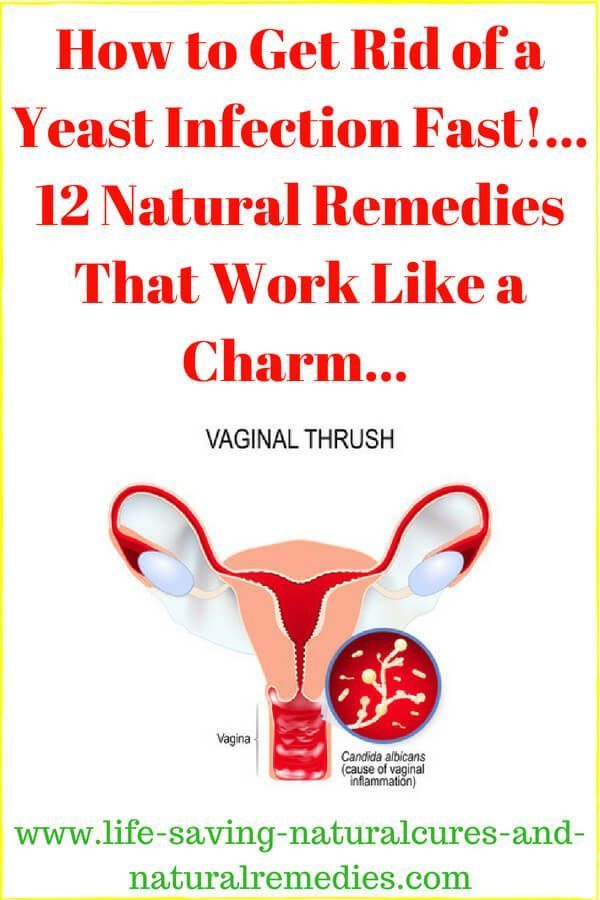
Mucosal candidiasis is very common. Risk factors for oral candidiasis are infancy and old age, the presence of severe diseases with immunodeficiency (especially leukemia, lymphoma, carcinomatosis and HIV), poor oral hygiene, Sjögren’s syndrome, diabetes mellitus and other endocrinological diseases, wearing dentures, the use of inhaled and systemic glucocorticoids. Risk factors for genital candidiasis (vulvovaginitis) are less clear, but estrogen imbalance and antibiotic use have been suggested.
The clinical picture of mucosal candidiasis is quite characteristic (presence of crumbly white deposits against the background of hyperemia in pseudomembranous form of candidiasis), but it may resemble other diseases, primarily leukoplakia and lichen planus. For the differential diagnosis of these diseases, laboratory tests are carried out.
Given the high prevalence of “healthy carriers” of Candida, many people can be detected with a slight overgrowth of yeast-like fungi. In the absence of any clinical signs of candidiasis, such growth has no clinical significance. On the other hand, the abundance of yeast colonies (more than 104 CFU / ml) in a patient with minimal signs of candidiasis or without them at all, but with risk factors for this disease, should alert the doctor and may require the appointment of antimycotic drugs.
In the absence of any clinical signs of candidiasis, such growth has no clinical significance. On the other hand, the abundance of yeast colonies (more than 104 CFU / ml) in a patient with minimal signs of candidiasis or without them at all, but with risk factors for this disease, should alert the doctor and may require the appointment of antimycotic drugs.
PCR analysis (polymerase chain reaction) is a modern diagnostic method based on the detection of unique DNA sequences characteristic only for a certain pathogen in the biological material under study. In the test material, specific DNA of the causative agent of thrush is found – varieties of the Candida fungus – C. albicans, C. glabrata, C. krusei, C. parapsilosis / C. tropicalis. Candida detection by PCR is the most objective and accurate among other research methods. High accuracy will necessarily show the presence of a fungus in the body, but this does not mean that it was he who caused the patient’s illness.
Given that candidiasis of the mucosa (primarily the oral cavity) is sometimes a symptom of a more serious disease, additional laboratory tests may be recommended in some cases, including blood glucose, thyroid, parathyroid, genital glands and adrenal glands, HIV analysis and immunological studies. A wider laboratory examination is also indicated in the presence of chronic candidiasis of the skin and mucous membranes. It should be noted that genital candidiasis is not among the sexually transmitted infections (STIs), therefore, if this disease is detected in a patient, an examination of his sexual partners is not indicated.
A wider laboratory examination is also indicated in the presence of chronic candidiasis of the skin and mucous membranes. It should be noted that genital candidiasis is not among the sexually transmitted infections (STIs), therefore, if this disease is detected in a patient, an examination of his sexual partners is not indicated.
What is research used for?
For the diagnosis and treatment of mucosal candidiasis.
When is the test ordered?
If there are signs of candidiasis of the mucous membranes: burning, soreness, itching, crumbly white coating on the background of hyperemia;
in the presence of risk factors for oral candidiasis: infancy and old age, severe diseases with immunodeficiency (leukemia, lymphomas, carcinomatosis and HIV), poor oral hygiene, Sjögren’s syndrome, diabetes mellitus and other endocrinological diseases, wearing dentures, use of inhaled and systemic glucocorticoids.
It is desirable to take the material before diagnostic and therapeutic manipulations in the supposed location of the pathogen.
It is recommended to take biological material before starting the use of drugs (antibacterial, antiviral, antiparasitic). When conducting studies to control treatment, it is advisable to take samples for PCR tests no earlier than 10-14 days after the end of the use of the corresponding local drugs and no earlier than one month after systemic therapy.
When preparing the patient for the procedure, the following should be taken into account:
6 hours before the examination, it is not recommended to use drugs for irrigation of the oropharynx and preparations for resorption;
Do not brush your teeth or use chewing gum/lozenges to freshen your breath before testing;
Rinse mouth with room temperature water before testing.
It is desirable to comply with all the conditions described, unless otherwise recommended by the attending physician.
| Biological material | Oropharyngeal swab |
|---|---|
| Test method | Real-Time PCR |
| Deadline without taking into account the time for delivery to the laboratory, days | from 1 to 3 calendar days |
| Result format, units | quantitative |
Reference values: not found.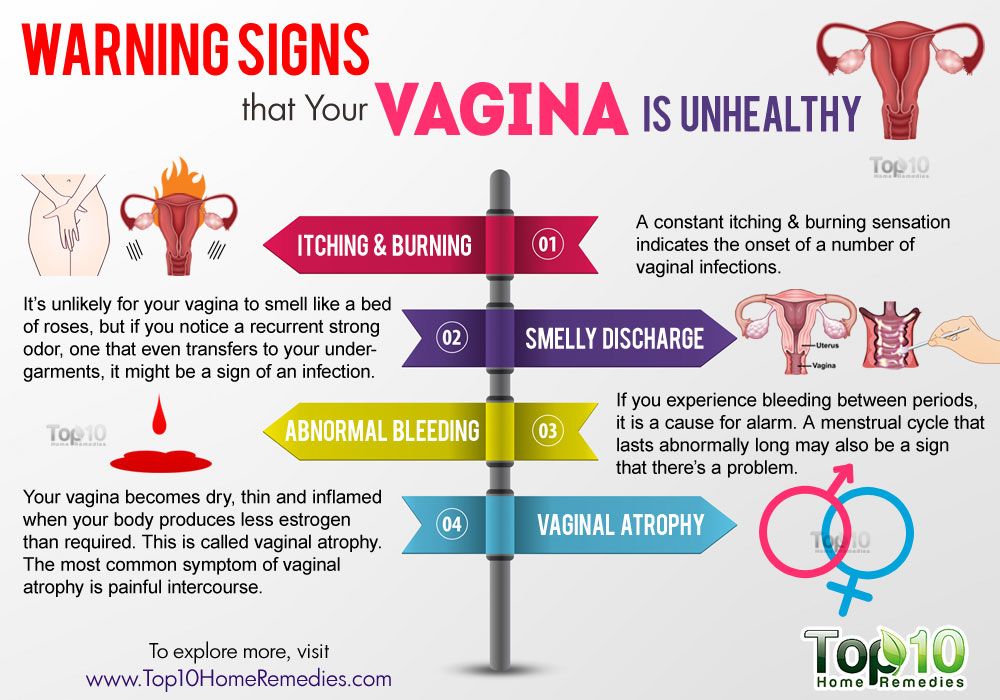

 These fabrics may create too much warmth and moisture from sweating. Yeast grows best in warm, moist places. Wear loose cotton clothing instead.
These fabrics may create too much warmth and moisture from sweating. Yeast grows best in warm, moist places. Wear loose cotton clothing instead.